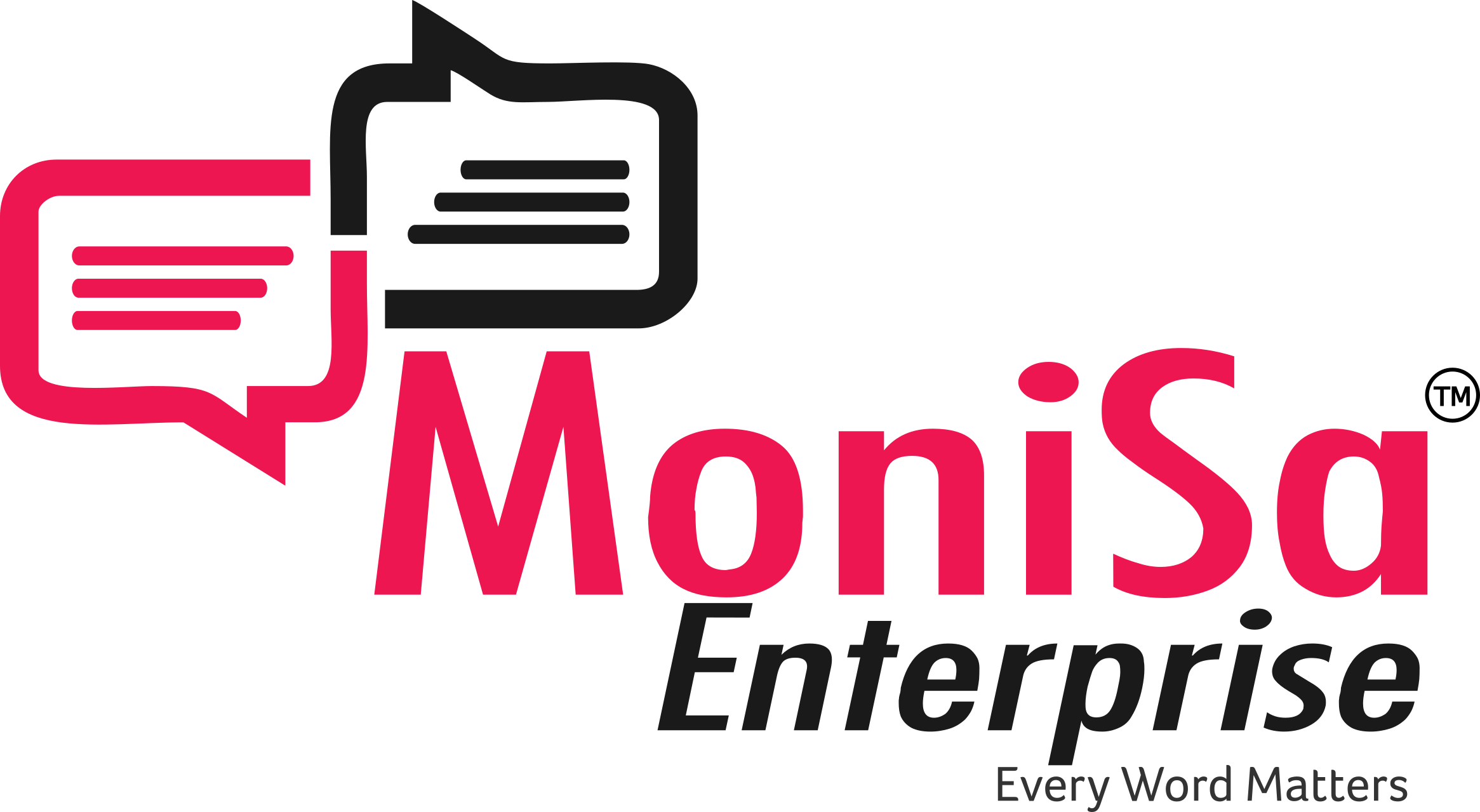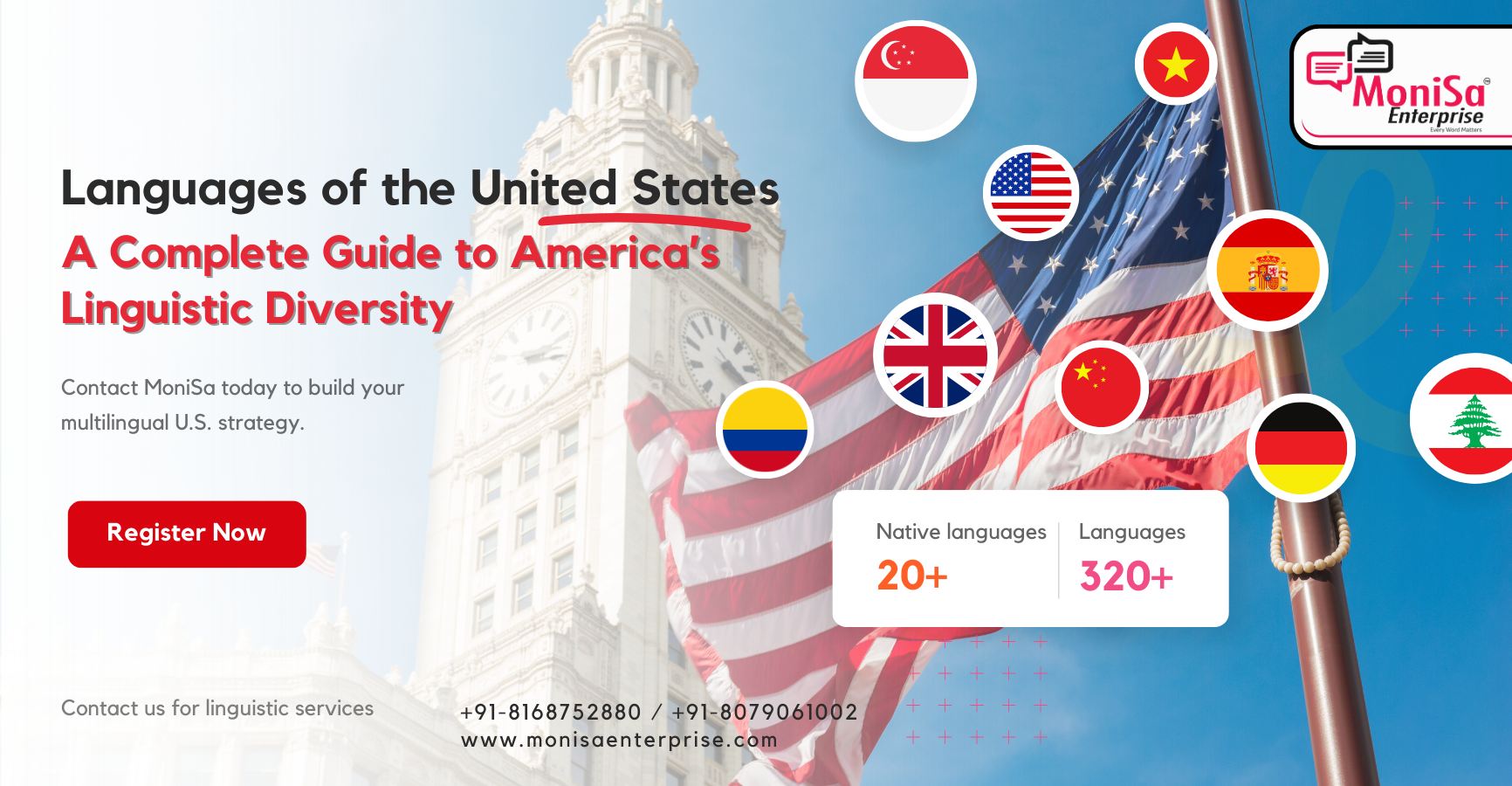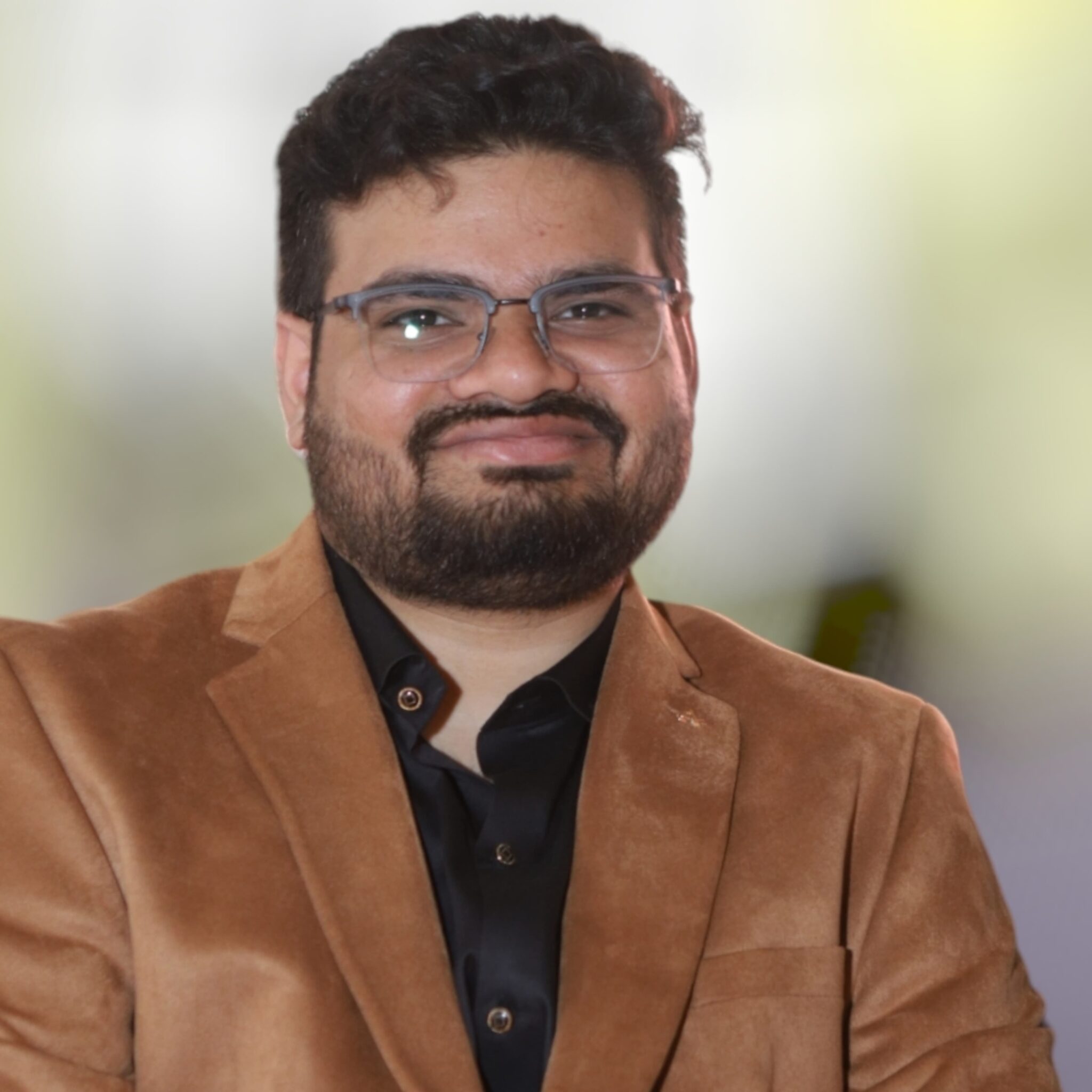Languages of the United States
Table Of Contents
- 1 Languages of the United States
- 2 Is There an Official Language of the United States?
- 3 Most Spoken Languages in the United States
- 4 American Sign Language (ASL)
- 5 English Dialects: Same Language, Different Worlds
- 6 Indigenous and Minority Languages in the US
- 7 The Significance of U.S. Languages in Global Business
- 8 Conclusion
For businesses, policymakers, and educators, America’s linguistic diversity is not just trivia. It is a strategic advantage. Limiting your products, services, or communications to “English-only” risks leaving millions of voices unheard and millions in potential revenue untapped.
Is There an Official Language of the United States?
Short answer: Yes, but it’s complicated. On March 1, 2025, an executive order formally declared English the official federal language. Most states also recognize English as their primary language, but there are exceptions:
1) Hawaii: English and Hawaiian are co-official.
2) Alaska: Recognizes 20+ Native languages alongside English.
3) Puerto Rico: Spanish and English serve government functions.
4) Guam & American Samoa: English plus community languages are widely used.
Why it matters: For the language industry, the U.S. is more than a market. It is proof that multilingual solutions are indispensable. Every sector, from healthcare to education to global trade, depends on accurate translation, interpretation, and localization. Without them, critical connections between institutions and communities would break down.
Most Spoken Languages in the United States
The United States is one of the most linguistically diverse countries in the world, making America’s linguistic diversity a key factor in shaping its economy and culture. Language diversity is not just about preserving heritage. It fuels business opportunities, supports compliance requirements, and builds trust within communities. Here are the most spoken languages other than English (LOTEs) and why they matter.
1) Spanish (41M+ speakers, ~61% of all LOTEs)
Where: Nationwide, especially the West, Southwest, Florida, and the Northeast.
Why it matters: Spanish is the fastest-growing language in the U.S. From healthcare compliance to OTT streaming content, engaging Spanish-speaking communities means tapping into billions in purchasing power.
2) Chinese (Mandarin & Cantonese)
Where: California, New York, Texas, and major cities.
Why it matters: Chinese-speaking populations are critical in technology, finance, and trade, directly tied to U.S.–Asia supply chains.
3) Tagalog & Filipino
Where: California, Nevada, Hawaii.
Why it matters: Strong presence in healthcare and aviation, making accurate language access a compliance requirement.
4) Vietnamese, Arabic, French/Haitian Creole, Korean, Russian, Portuguese, and South Asian languages (Hindi, Urdu, Punjabi, Bengali, Tamil):
Each fuels different industries from automotive (Arabic in Michigan) to IT and finance (South Asian languages in New Jersey and California). These communities represent both customers and workforce pipelines.
American Sign Language (ASL)
Over 500,000 people in the U.S. use ASL as their primary language. ASL is not “English with signs.” It is a complete language with its own grammar, syntax, and cultural identity. In critical areas like healthcare, education, HR, and courts, captions alone do not equal access. The ADA and civil rights laws often require qualified ASL interpreters to ensure fairness and inclusion.
English Dialects: Same Language, Different Worlds
1) Northeast: Boston drops the “r” (“park the cah”); New Yorkers say “on line,” not “in line.”
2) Midwest: Chicago says “gym shoes,” not sneakers; “supper” replaces dinner in rural areas.
3) South: Texas favors “y’all”; Louisiana celebrates “po’ boys” and sweet tea.
4) West Coast: Californians drive on the “freeway,” not “highway”; NorCal slang: “hella.”
5) Cultural Dialects: African American English (AAE), Chicano English, Appalachian English, all with distinct vocabularies and histories.
Indigenous and Minority Languages in the US
1) Navajo (Diné): The most spoken Native language, concentrated in Arizona, New Mexico, and Utah.
4) Immigrant communities further enrich this tapestry: Somali, Amharic, and Tigrinya in Minnesota; Turkish, Farsi, and Arabic in Michigan; Hmong in Wisconsin; Khmer and Vietnamese in California. These groups power local economies and reshape industries, from Somali-owned retail in Minnesota to Vietnamese-led food and service sectors in Texas.
The Significance of U.S. Languages in Global Business
1) Spanish connects directly to Latin America’s 650M+ people.
2) Chinese links U.S. companies to Asia’s supply chains and tech hubs.
3) Arabic opens doors to Middle Eastern energy and logistics markets.
4) French & Portuguese tie to Africa, Canada, and Brazil.
5) South Asian languages reflect business ties with India and Pakistan, two of the fastest-growing economies.
In other words, the U.S. does not just trade in goods and services. It trades in languages. Every U.S. language is a direct channel to global markets.
Conclusion
At MoniSa, we track these shifts and support organizations with translation, localization, interpretation, multimedia, and AI data solutions in 300+ languages. Whether you are addressing Spanish-speaking patients, reaching ASL communities, or engaging indigenous audiences, we help you design strategies that are inclusive, compliant, and globally connected.
Contact MoniSa today to build your multilingual U.S. strategy.


